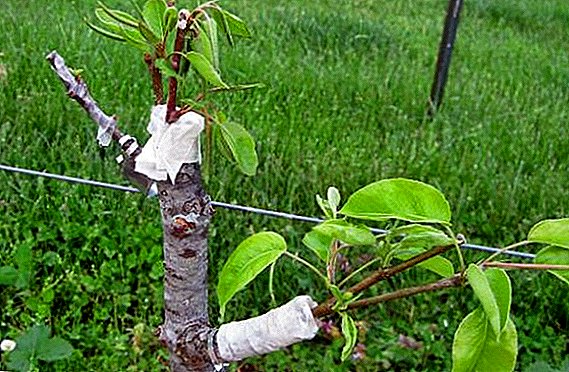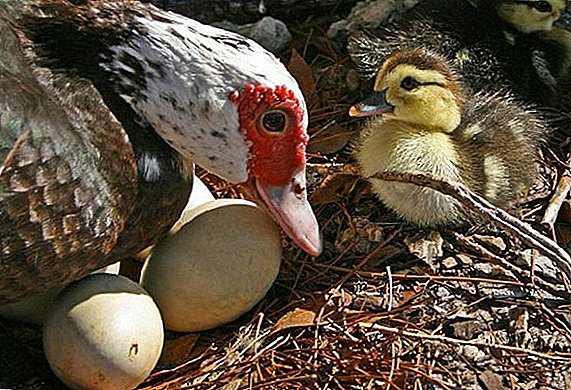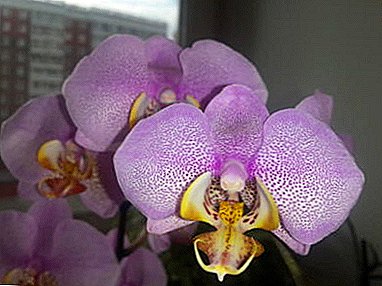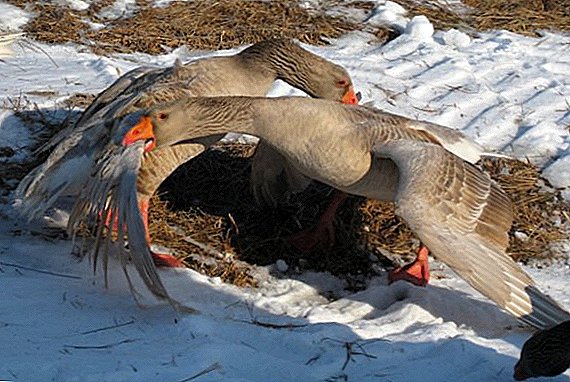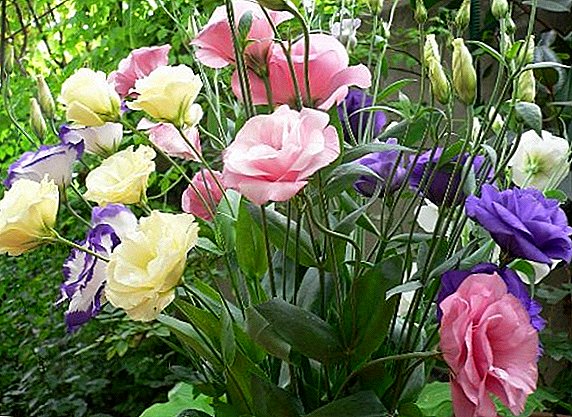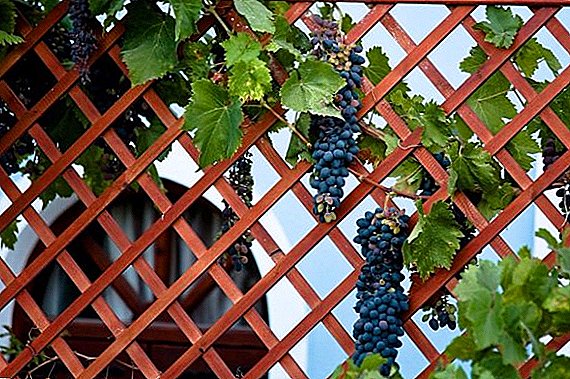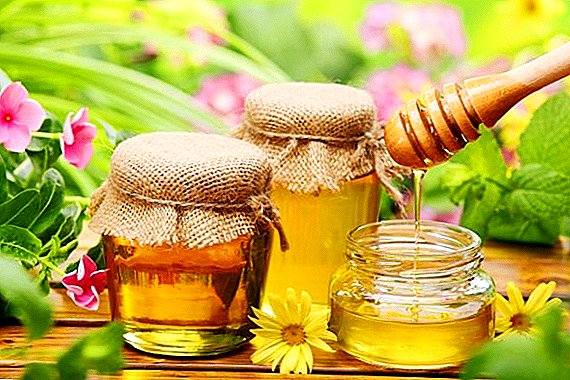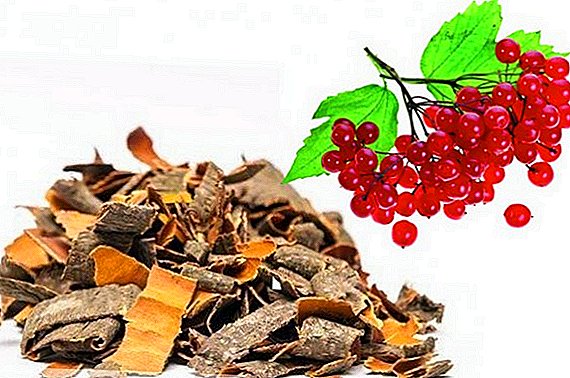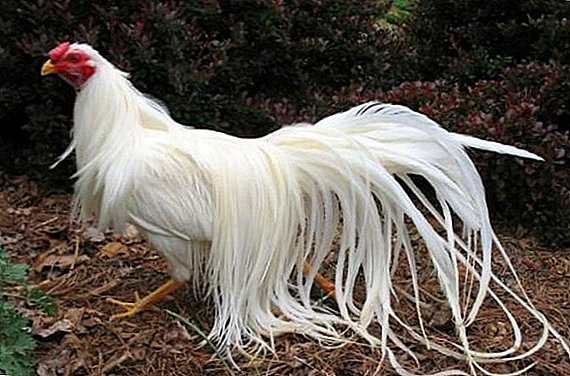 The ability to bring good luck to our home is attributed to many animals, and they include Yokohama chickens.
The ability to bring good luck to our home is attributed to many animals, and they include Yokohama chickens.
According to Feng Shui, if you place them in the southern part of the compound, they will ensure prosperity and well-being, so in Japan they are considered sacred animals and endow with unusual qualities.
Breed history
The origins of the breed come from Japan, although in general these chickens are the result of German selection. They were obtained by crossing the Minohiki and Onagadori breeds and saw the light in the 60s of the XIX century. 
The birds owed their name to the fact that they came to Europe from the port of Yokohama (they were brought by the French missionary Dzhirad). The breed has become famous in the UK, USA, but is especially popular in Germany.
Description
These chickens owe their content not to their productive qualities, but rather to their decorative appearance.
Decorative breeds of chickens also include such as Paduan, Brahma, Milfleur, Shabo, Bantam, Gudan, Minorca, Araucan, Kochinquin, Phoenix, Pavlovsk.
Birds have these characteristics:
- good posture with a tightened abdomen and strong shoulders, turning into a back tapering to the tail;
- small head, gray beak and orange eyes;
- the color of feathers is red with white, sometimes silvery;
- small size, cockerels can grow up to 2 kg;
- plumage - smooth and dense;
- legs are bare, yellow;
- pea-shaped crest.

This decorative breed has its own distinctive features:
- color with a red saddle and white specks;
- very long tail feathers with a high content of protein and mineral supplements in the diet, can grow up to 10 meters;
- due to the presence of a special gene, the tail does not shed, and the plumage is renewed within 5 years;
- early puberty (at 6 months), egg production low - 80-100 eggs per year, and egg weight - 45-50 g;
- high resistance to diseases, hardy and well acclimatized;
- very vociferous bird.
Did you know? The length of the tail is added annually by about 1 m, so in order to grow this decoration by 13 meters, the bird must live for about 15 years. Molting in Yokohama chickens does not occur every year due to the fact that the breeders "froze" the gene responsible for it.
Yokohama chickens have a dwarf variety - Bentamki. 
Their differences:
- small size (about 1 kg);
- tail not more than 2 m;
- productivity is slightly higher than that of relatives, about 160 pieces per year. Egg weight - less than 30 g.
Maintenance and care
Yokohama residents are viable and easily adaptable birds, but, like all pedigreed animals, require more attention.
General requirements for them are:
- chickens - heat-loving creatures. When the temperature is low, they lose their appetite, the plumage is lost, they can get sick, so the house must be warm. In winter, the temperature of the content of birds should not fall below +5 ° C;
- good ventilation is needed in the hen house, as the bird reacts poorly to a decrease in the oxygen content. She does not like drafts, so perches should not be installed close to the entrance, windows and ventilation holes;
- the room must be kept clean. For bedding, you can use straw or sawdust;
- sand and ash container required for bird feather disinfection;
- preferably at least once a year disinfection of the chicken coop to avoid the appearance of various insects and microorganisms;
- need a place for walking.
Find out what ventilation is needed in the hen house, how to make ventilation in the hen house, how to make proper ventilation in the hen house for the winter.

Considering the decorative features of the breed, the Yokohama hens also need special conditions:
- so long and elegant tail does not get dirty, you need high perches. Well, if they will exceed the length of the tail. But if this is not possible, then the height should not be less than one and a half meters. The perch width for one individual is about 35 cm. For roosters with a tail of more than 3 m, special pavilions are needed;
- feathered need daily walks. Birds with a tail up to 2 m can walk on their own, and animals with a longer tail need accompanying people. Sometimes loving owners take out their pets in their arms or twist their tails on different devices;
- Considering that feathers rarely shed, special attention should be paid to the cleanliness of the room. Some poultry farmers advise keeping Yokohama chickens in cages, but this method also has opponents;
- food and water should be placed near the perch to prevent birds from jumping from it and to avoid damage to long tail feathers;
- representatives of this breed fly perfectly, therefore the place of walking from above should be covered with a net. Allowed walks at low temperatures, but you need to make sure that pets do not freeze the comb and earrings.

Benthams are considered easier to care for, taking into account their shorter tails and miniature sizes.
Important! Feeders and drinkers should preferably be placed above the perches, so that the birds do not fall into them with their long tails and do not get dirty.
Feeding
There are no special requirements in the diet of Japanese chickens: they are the same as the rest of the birds.
Check out the features of the diet of chickens.
But still it is necessary to take into account some nuances:
- this breed prefers soft food, so it is better if wet mash are dominant in the diet;
- In summer, birds are fed twice, as they can find a “supplement” during the walk, and in the winter time there should be more vitamins and minerals in the diet, so the number of feeds can be increased;
- experts advise giving this breed a warm breakfast with chopped vegetables, meat and cereals so that the birds get the right amount of calories.

Breeding
Breeding these chickens is not difficult: the hens are inherent in a well-developed brooding instinct. For one rooster, a flock of 4 to 6 chickens will be acceptable. Eggs are fertilized at almost 100%.
Important! To maintain the growth and beauty of the main decoration Yokogam (tail) feed must contain a sufficient amount of protein and sulfur.
Hatching chickens are no different from children of other breeds and have a light yellow color. The distinctive features of Yokohama become visible only at the age of about a month.
By the way, the chic tail of the rooster is the dominant feature, for this reason the chickens of the usual chicken and such a daddy-rooster will have the same decoration. 
In chicks, only by the age of five months, normal plumage appears, and the tail length at this time reaches half a meter. At the age of 2 weeks, they can be let out for walking along with their mother-chicken.
Did you know? Unlike most birds, the chicken does not need its special nest for laying eggs. - she will easily take any nearest suitable place.
Hatching chicks are fed at first with chopped boiled egg, later low-fat cottage cheese, greens, vegetables, cereals and kefir are added to the diet. For good growth of feathers, they need protein supplements and fish oil.
Diseases and their prevention
Well-groomed and well-balanced chickens rarely get sick. Birds are prone to disease characteristic of all chickens. 
In order to avoid the appearance of any diseases, preventive measures are needed:
- installation of sand and ash containers;
- maintaining cleanliness in the hen house;
- good food;
- no drafts and maintaining the right temperature.
If these rules are observed, the birds will be healthy.
If your goal is to get more meat and eggs, then the Yokohama breed is not for you, but if you want to get aesthetic pleasure, then this is exactly what you need. Do not be afraid of some difficulties in the content of these birds, they are fully compensated by the chic exotic look of your wards.


